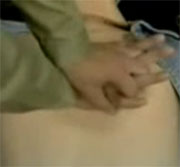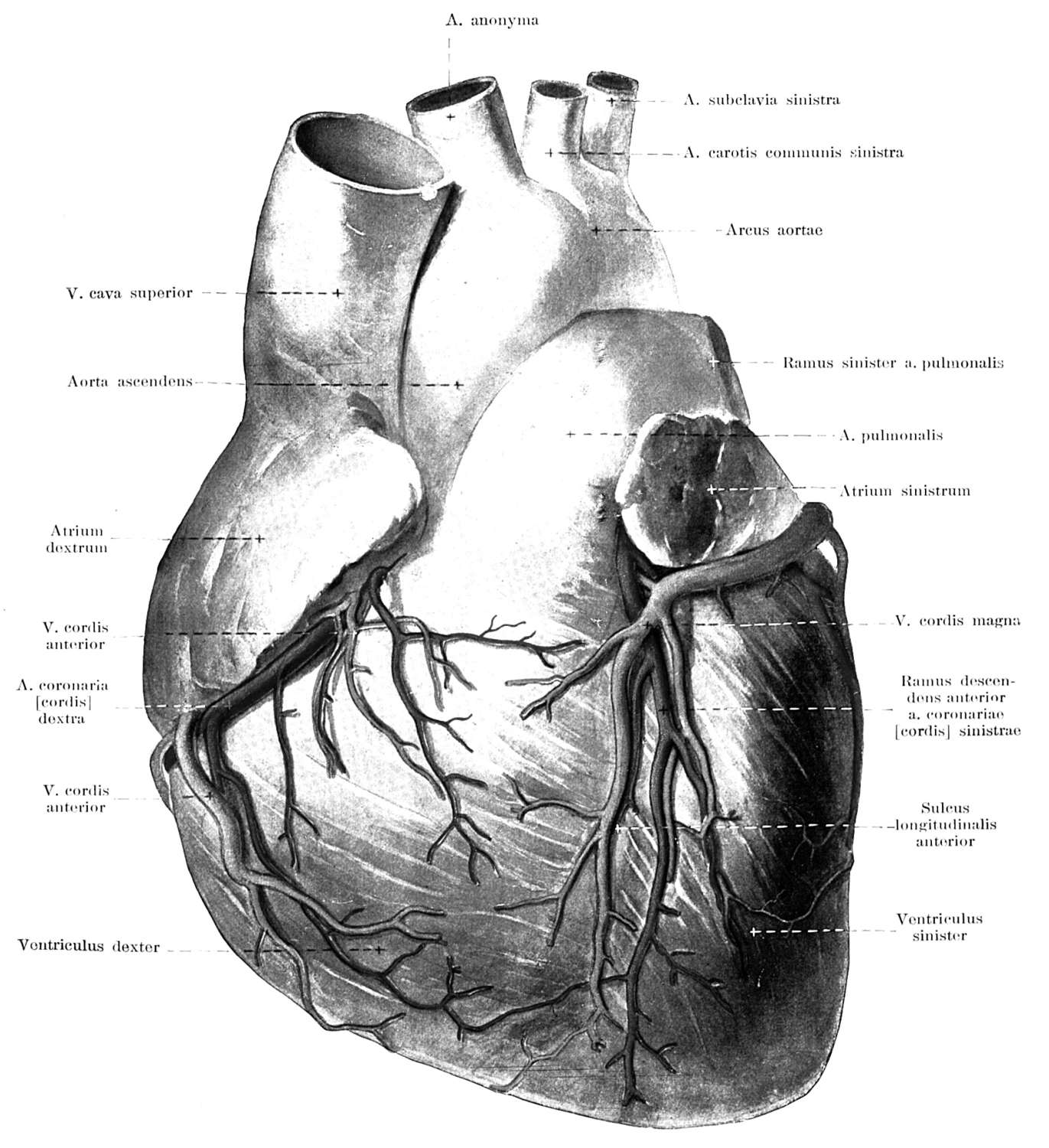
TUESDAY, March 8 (HealthDay News) — A 60-second video showing what to do when someone’s heart stops beating could help save lives, according to a new study that found those who viewed the demonstration were much more likely to take action than those who did not.
“Cardiac arrest is one of the leading causes of death in the United States,” said Dr. Bentley Bobrow, lead author of the study, which was done in Arizona. “We were trying to figure out novel and effective ways to help the public understand what cardiac arrest is, and be willing and able to do CPR [cardiopulmonary-resuscitation]. Now you can watch a 60-second video at home, on the Internet, on your phone or while you’re pumping gas.”
The video could save thousands of lives, added Bobrow, an associate professor in the emergency medicine department at Maricopa Medical Center in Phoenix and director of the Arizona Department of Health Services, Bureau of Emergency Medical Services and Trauma System.
More than 300,000 cardiac arrests happen each year outside of hospitals in the United States, and fewer than 30 percent of the victims get CPR from a bystander, Bobrow said.
However, CPR given by a bystander can double or even triple the survival rates of people whose heart has stopped, according to research cited in the study. Survival rates, which vary widely from one community to another, can rage from 3 percent to 15 percent, said Dr. Michael Sayre, an associate professor of emergency medicine at Ohio State University and an American Heart Association spokesman.
“A lot of that [variation in rates] has to do with CPR,” Sayre said. “People don’t feel comfortable and don’t know what to do. This study shows that a very short message can get people to give effective CPR.”
The study, published online March 8 in Circulation: Cardiovascular Quality and Outcomes, looked at the impact of videos showing what’s referred to as hands-only CPR, meaning a bystander calls 911 and then pumps the heart manually with rapid, deep chest compressions, with no mouth-to mouth breathing. The hands-only method has been shown to be just as effective as the more complex method that includes mouth-to-mouth resuscitation, according to research cited in the study.
When someone collapses, people are often hesitant to act because they lack confidence or are reluctant to perform mouth-to mouth resuscitation on a stranger. But doing nothing can be disastrous, whereas no harm can be done by an untrained layperson who tries to help, Bobrow said.
For the study, 336 participants were randomly divided into four groups: a control group that did not watch a video and three other groups that watched either a 60-second video, a five-minute video or an eight-minute video that included the opportunity to practice the skills demonstrated.
To test their skills, participants were asked to role-play what they would do if someone suddenly collapsed in their presence. A manikin programmed with software was used to gauge the rate and depth of chest compressions.
When tested two months later, fewer than 1 percent of those who had seen a video did nothing, compared with 23 percent of those who had not seen a video. Among all who intervened, those who had seen a video demonstrated significantly better skills than those who had not, the study found. The length of the video viewed did not matter, and comparable chest compression rates and depths were achieved regardless of which video the participants had seen.
Their rate and depth of chest compressions closely approximated established criteria for effective CPR, and their skills had not deteriorated after two months, the study found.
Sayre noted, however, that the study measured performance during a simulation and that it remains to be seen what would happen in a real-life scenario.
“What we don’t know is how this will translate into actual emergency situations,” Sayre said. “We need more information to make sure this will work, but I’m pretty confident it will.”
Bobrow said the 60-second video could be used in movie theaters, at sporting events, on the Internet and “anywhere that large numbers of people gather.”
Because cardiac arrest is so common, “we have to change the culture so that it is unacceptable for someone not to do CPR,” he said. “Some effort at all is way better than nothing.”
More information
The American Heart Association has more on CPR.

